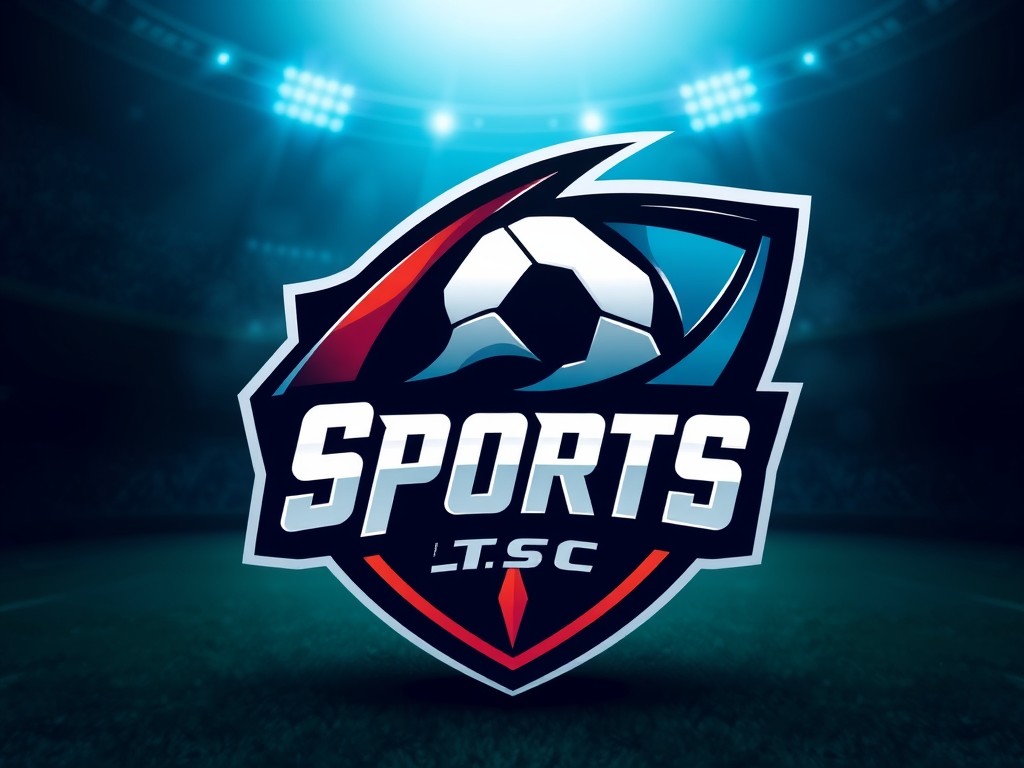Understanding the Sponsorship Landscape in UK Minor League Football
The sponsorship landscape in UK minor league football plays a pivotal role in sustaining these community-focused teams. Since minor league clubs often lack the extensive financial backing seen in professional leagues, securing diverse fundraising strategies is crucial. Sponsorship helps cover essential expenses such as travel, equipment, and facility maintenance, all of which directly impact team performance and community engagement.
In recent years, the sponsorship landscape has experienced a shift, with sponsors seeking deeper engagement and meaningful partnerships rather than just brand visibility. This requires minor league clubs to adopt more innovative fundraising strategies to attract and retain sponsors. Emphasising community impact and local engagement has thus become a fundamental aspect of the sponsorship landscape in UK minor league football.
Also to see : Essential Strategies for UK Figure Skaters to Enhance Balance and Poise in High-Pressure Situations
The importance of sponsorship cannot be overstated, as it not only ensures the financial viability of the teams but also reinforces their connection with fans and the local community. By adapting to current trends in sports sponsorship and tailoring approaches to potential sponsors’ values and expectations, minor league football clubs can forge lasting partnerships. This dynamic adaptability is essential for their ongoing success and relevance in an ever-evolving sponsorship landscape.
Key Elements of a Successful Sponsorship Pitch
Understanding the essential components of a successful sponsorship pitch can significantly improve its effectiveness. A strong sponsorship proposal should begin with a clear and compelling value proposition. This means precisely conveying the benefits and unique opportunities available to the sponsor. It helps potential sponsors immediately comprehend why they should consider your proposal.
Also to read : Vital Safety Protocols Every UK Motorsport Racing Circuit Must Implement
One of the critical sponsorship pitch elements is personalisation. Customise your proposal to align with each prospective sponsor’s specific goals and needs. This bespoke approach demonstrates an understanding of their business and amplifies their interest.
The design of your effective presentations plays a crucial role in keeping sponsors engaged. Use visual aids and concise content to ensure clarity. An engaging presentation is not only aesthetically pleasing but also easy to navigate, allowing sponsors to focus on the proposal’s key points.
Furthermore, provide evidence of past successes or current affiliations to boost credibility. Use testimonials, statistics, or case studies that highlight your audience’s potential reach and engagement levels. Remember, your ultimate goal is to establish a partnership that is mutually beneficial. Highlight how this collaboration can grow their brand and provide them with opportunities to connect with new audiences.
Identifying and Analyzing Your Target Audience
Understanding your target audience is crucial for any successful strategy. For sports teams, engaging with the local fan base is essential. This localised focus enhances fan engagement and strengthens community ties. Start by examining demographics such as age, gender, income levels, and geographic location. These insights allow you to craft tailored promotions and content that resonate with them more effectively.
Next, delve into fan behaviours. Observe their interactions on social media and, track attendance patterns at games or events. These behaviours can reveal a lot about their preferences and expectations. By understanding what excites or displeases your audience, you can adjust your marketing strategies to improve overall satisfaction and loyalty.
Moreover, aligning sponsorship opportunities with your audience’s interests can lead to more successful and beneficial partnerships. When sponsors see that their products or services are being promoted to an engaged and receptive audience, it enhances their brand value and leads to potential long-term collaborations.
In summary, effective target audience analysis is not just about collecting data. It involves careful examination and strategic application to foster deeper connections and maximise engagement with your fan base.
Highlighting Benefits for Potential Sponsors
Engaging in sponsorships offers valuable opportunities for businesses aiming to boost their brand exposure. One primary advantage sponsors seek is heightened visibility through strategic partnerships. This visibility often translates into increased consumer awareness and interest, leading to a more robust market presence.
Key benefits for sponsors include improved ROI through these partnerships. Sponsorship can serve as a highly effective promotional tool, providing access to targeted audiences that are more likely to engage with the sponsor’s product or service. Measuring ROI involves looking at the engagement levels, brand recall, and subsequent sales figures resulting from these sponsorship activities.
Successful cases of brand exposure frequently demonstrate how impactful sponsorships can be. For instance, when a brand aligns itself with a popular event or celebrity, it often experiences a significant boost in market reach and consumer engagement. This alignment creates an association that enhances the sponsor’s image, reinforcing consumer loyalty.
Investing in sponsorships allows brands to leverage the credibility and popularity of partners, which can amplify their message and presence within their target market. The key is to choose sponsorship opportunities that naturally align with a brand’s values and objectives, ensuring the benefits are maximized.
Crafting Effective Case Studies
Creating effective case studies is crucial in establishing credibility and trust in any business relationship. Case studies provide tangible proof, showcasing real-world examples and best practices that potential sponsors find compelling. Let’s explore how to collect and present impactful case studies in minor league football sponsorships.
An effective case study should begin with a clear understanding of your past successful sponsorship examples. Highlight specific instances where sponsorships led to measurable results, such as increased attendance or enhanced brand visibility. This not only demonstrates effectiveness but also builds confidence in choosing a partnership.
When gathering information for case studies, it’s beneficial to include direct client testimonials and quantitative data. Testimonials offer authenticity, while data provides an analytical perspective, creating a well-rounded picture.
Best practices in presenting case studies involve storytelling that resonates emotionally with the audience. By focusing on the sponsor’s journey and challenges faced, you create an engaging narrative that highlights the value of the partnership.
Examining successful sponsorship examples in minor league football, it’s clear that aligning sponsor goals with community engagement efforts fosters stronger connections. Innovative promotions, such as themed game nights or interactive fan experiences, not only benefit sponsors but resonate with the target audience effectively.
Developing Templates and Tools for Sponsorship Proposals
Creating effective sponsorship proposal templates is pivotal in building strong sponsor relationships. These templates should be flexible and adaptable to suit various sponsors’ needs. Start with a basic structure that outlines the essential elements – such as the sponsorship benefits, objectives, and expected outcomes. This allows you to tailor the presentation to fit the specific interests of each potential sponsor.
Tools are crucial in streamlining the sponsorship outreach process. Consider implementing CRM (Customer Relationship Management) software to track communications and manage interactions with potential sponsors efficiently. Use automation tools to schedule emails and follow-ups, ensuring timely and consistent engagement without manual intervention. These tools not only save time but also increase the precision of your outreach efforts.
Guidelines are essential for tailoring proposals to different sponsor profiles. Research each prospective sponsor’s mission, branding, and past sponsorships to align your proposal with their goals. Highlight the unique value you offer and how the partnership can help achieve their objectives. Personalizing each aspect of the proposal enhances its relevance and improves the likelihood of securing sponsorship. By following these structured strategies, you bolster your chances of success.
Strategies for Aligning with Sponsors’ Goals
Understanding and recognizing sponsors’ goals is crucial in building successful sponsorships. Sponsors often have specific objectives they aim to achieve, such as increasing brand awareness, enhancing community engagement, or driving sales. By examining these aims closely, you can better position your proposals to align with their needs.
Strategic partnerships are cultivated through demonstrating clear alignment with sponsors’ objectives. One effective strategy is conducting thorough research on the sponsor’s market and past sponsorship activities. This information allows you to tailor your approach, highlighting how your event or platform can achieve their desired outcomes more effectively than other opportunities.
Building long-term relationships requires a focus on mutual benefits. This means creating value not only for the sponsor but also ensuring that the partnership supports your organisation’s goals. Open communication plays a pivotal role in this process. Regular updates and feedback loops can reinforce the partnership, addressing any concerns and making necessary adjustments that continue to satisfy both parties.
Additional strategies include offering customized packages that cater specifically to a sponsor’s unique needs and objectives, thus forging strategic partnerships that are beneficial and enduring. This focus on mutual success fosters relationships that extend beyond single events, leading to sustained cooperation and shared growth.
Tips for Presenting Your Sponsorship Pitch
To ensure a compelling sponsorship pitch, effective communication and captivating delivery are essential. A well-structured presentation can significantly enhance audience engagement.
Begin by incorporating storytelling techniques. A narrative approach helps establish an emotional connection with potential sponsors, making your pitch more relatable and impactful. Stories about past partnerships can demonstrate the value you bring and convey your vision clearly.
During the presentation, maintain active engagement by tailoring your communication style to the audience’s needs. Consider using visual aids or interactive elements to keep the sponsors interested and involved. Address each sponsor’s unique objectives and values to keep their attention.
Handling objections and questions effectively is another crucial aspect. Anticipate potential concerns and prepare clear, concise responses. This not only displays confidence but also assures the sponsors of your preparedness. Listening attentively and responding thoughtfully to inquiries can reinforce your pitch’s credibility.
Here are some essential strategies:
- Use storytelling techniques to build emotional connections.
- Personalise your pitch to align with the sponsor’s objectives.
- Anticipate objections and prepare answers.
By implementing these pitch presentation tips, you position yourself as a well-prepared and credible partner, increasing audience engagement and strengthening your overall pitch effectiveness.
Building and Maintaining Sponsor Relationships
Sponsor relationship management is essential for fostering lasting partnerships. Clear and regular communication is key. Keeping sponsors informed about project milestones and involving them in relevant discussions enhances engagement and satisfaction. This sense of collaboration fosters trust, which is crucial for a thriving partnership.
Implementing personalised communication strategies is another effective method. Tailor interactions according to each sponsor’s preferences. This demonstrates appreciation and understanding of their unique needs. Being responsive and proactive can prevent misunderstandings and help address any concerns promptly.
To enhance sponsor satisfaction, regularly evaluate the impact of sponsorship activities. Use structured feedback to understand what’s working and what can be improved. This approach not only highlights the value of their contributions but also provides insight into how the partnership can be strengthened moving forward.
Engaging sponsors through events or exclusive content further reinforces their investment. Involvement in strategic discussions and decisions can boost their connection to the cause or brand. Ultimately, maintaining an open and transparent dialogue paves the way for partnership longevity and mutual growth. Effective sponsor management ensures that both parties continue to benefit from the relationship in ways that are meaningful and rewarding.











